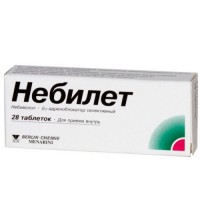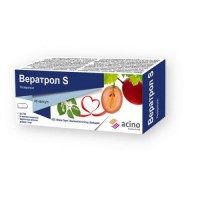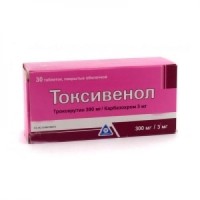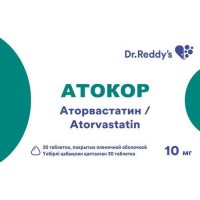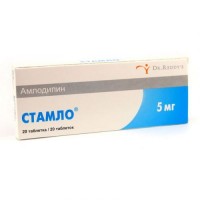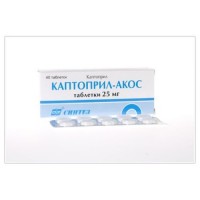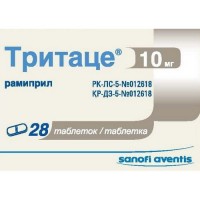ESAFOSFINA® (Fosfructose) 5 g/50 ml
- $80.00
What is ESAFOSFINA® (Fosfructose) 5 g/50 ml?
ESAFOSFINA® is an intravenous medication containing fosfructose (fructose-1,6-diphosphate), primarily used for treating hypophosphatemia (low phosphate levels in the blood).
It comes as a lyophilized powder for injection, mixed with sterile water before use.
The active ingredient, fructose-1,6-diphosphate, plays a key role in enhancing ATP (adenosine triphosphate) production, which is essential for energy metabolism in cells.
By increasing ATP levels, ESAFOSFINA® helps improve energy availability in high-demand tissues like the heart and muscles, supporting cardiovascular health and cellular function during stress or injury.
This makes ESAFOSFINA® particularly useful in managing metabolic imbalances and providing enhanced energy support in acute conditions.
What Are the Uses of ESAFOSFINA®?
ESAFOSFINA® is primarily indicated for patients diagnosed with hypophosphatemia, a condition characterized by low phosphate levels in the blood.
Maintaining appropriate phosphate levels is crucial for many bodily functions, including energy metabolism and muscle function.
Who Should Not Use ESAFOSFINA®?
There are several contraindications for the use of ESAFOSFINA®.
It is not recommended for individuals who:
- Are allergic to fosfructose or any other ingredient in the medication.
- Have hyperphosphatemia (high phosphate levels).
- Are suffering from renal impairment.
- Have a hereditary intolerance to fructose.
- Are pregnant, breastfeeding, or under 18 years of age.
It is essential to consult a healthcare professional before starting this treatment to evaluate any potential risks, especially if the patient falls into one of these categories.
What Precautions Should Be Taken During ESAFOSFINA® Treatment?
Precautionary measures include monitoring plasma electrolyte levels during treatment, particularly in patients with compromised kidney function (creatinine clearance below 50 ml/min).
In such cases, plasma phosphate levels should be carefully managed, and dosage may need to be adjusted accordingly.
During administration, care should be taken to avoid extravasation, which can lead to pain and local irritation.
It is crucial not to use the prepared solution if it appears cloudy or contains particles.
Are There Any Known Drug Interactions?
Currently, no significant interactions have been reported between ESAFOSFINA® and other medications.
However, it should not be mixed with other solutions, particularly those that are not compatible at a pH of 5.5 or alkaline calcium salt solutions.
How Should ESAFOSFINA® Be Dosed?
The dosing of ESAFOSFINA® depends on the severity of the condition:
- Recommended Dosage: Typically, the dosage ranges between 70-160 mg per kilogram of body weight per day, usually administered via 1-2 vials per day for acute conditions.
- Special Considerations: In patients on total parenteral nutrition, the dosage should align with the daily phosphorus requirements to avoid phosphorus overload.
For higher doses, it is advisable to split the daily dosage into two separate infusions.
Children require dosage adjustments based on body weight, and recommended doses should never be exceeded to avoid adverse effects.
How Is ESAFOSFINA® Administered?
This medication is administered intravenously.
It is crucial that healthcare professionals follow the specified guidelines to avoid complications such as overdose.
What Should Be Done in Case of an Overdose?
While no specific cases of overdose have been reported, taking excessive doses of ESAFOSFINA® could potentially result in hyperphosphatemia, leading to hypocalcemia.
If an overdose is suspected, treatment should be discontinued immediately, and measures to address electrolyte imbalances should be initiated.
Such measures may include the administration of oral phosphate binders or renal dialysis.
What Side Effects Are Possible with ESAFOSFINA®?
ESAFOSFINA® is generally well-tolerated, but some patients might experience side effects, which can range in severity:
- Rare Side Effects: Hyperphosphatemia, particularly if the dose is not properly balanced.
- Allergic Reactions: These may vary in intensity, from mild skin reactions to more severe anaphylactic responses.
- Local Reactions: Pain, irritation, thrombosis, or phlebitis may occur at the injection site, especially if extravasation occurs.
- Injection Rate-Related Effects: Administering the drug too quickly (over 10 ml per minute) might cause flushing, increased heart rate, or numbness in extremities.
What Are the Ingredients in ESAFOSFINA®?
Each vial of ESAFOSFINA® contains:
- Active Ingredient: Sodium fructose-1,6-diphosphate – 5 g, equivalent to 3.75 g of fructose-1,6-diphosphate.
- Solvent: Sterile water for injection.
How Should ESAFOSFINA® Be Stored?
- Storage Conditions: Store the medication at a temperature not exceeding 25ºC (77ºF).
- Shelf Life: The shelf life of the powder is five years, while the prepared solution should be used within 24 hours. It is important to avoid using the product beyond its expiration date.
The medication should be kept out of reach of children to prevent accidental ingestion or misuse.
How Does ESAFOSFINA® Affect the Ability to Drive?
ESAFOSFINA® does not impair the ability to operate vehicles or machinery.
However, patients should always monitor their condition and consult with a healthcare provider if they feel any symptoms that might interfere with daily activities.
What is the difference between ESAFOSFINA® and FDP Medlac?
FDP Medlac and ESAFOSFINA® both contain fructose 1,6-diphosphate (FDP), which supports energy metabolism.
FDP Medlac is produced by Medlac Pharma Italy Co., Ltd. (Vietnam) and comes in a set with vials of powder and separate solvent for reconstitution, while ESAFOSFINA®, produced by Biomedica Foscama S.p.a. (Italy), is supplied in ready-to-use ampoules of 5 g/50 ml solution for injection.
Additionally, FDP Medlac is generally more affordable compared to ESAFOSFINA®.

